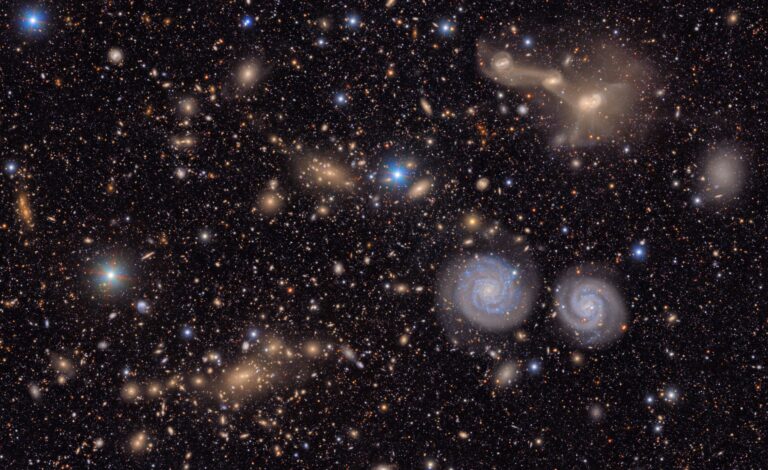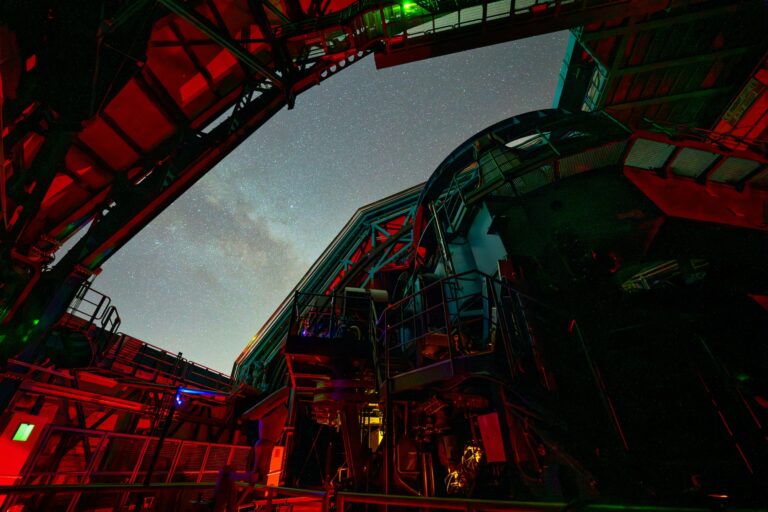During the webcast, viewers will be able to visit some of the most advanced telescopes on and off the planet. For NASA’s space-based missions, the webcast will be broadcast from control centers throughout the United States. To view the webcast, visit: http://100hoursofastronomy.org/webcast
As part of the webcast, each mission will release a never-before-seen image from the telescope or observatory. The new images can be found on the websites listed below. Please note these times correspond to the beginning of each mission’s segment on the live webcast and when each new image will be available.
The NASA missions participating in the Webcast, in chronological order, are (times EDT, April 3):
Hubble Space Telescope: 1:20 p.m.
http://hubblesite.org/news/2009/04
Swift Gamma-ray Burst Explorer: 1:40 p.m.
http://www.nasa.gov/swift
Fermi Gamma-ray Space Telescope: 2 p.m.
http://www.nasa.gov/fermi
SOHO and TRACE: 3:20 p.m.
http://sohowww.nascom.nasa.gov
and
http://sunland.gsfc.nasa.gov/smex/trace
STEREO: 3:40 p.m.
http://stereo.gsfc.nasa.gov
Galaxy Evolution Explorer (GALEX): 4:20 p.m.
http://www.galex.caltech.edu
Chandra X-ray Observatory: 4:40 p.m.
http://www.chandra.harvard.edu/photo/2009
Spitzer Space Telescope: 5:20 p.m.
http://www.spitzer.caltech.edu/spitzer/index.shtml
Kepler 3:05 a.m. (April 4)
http://kepler.nasa.gov
For information about the International Year of Astronomy, visit:
http://astronomy2009.nasa.gov










